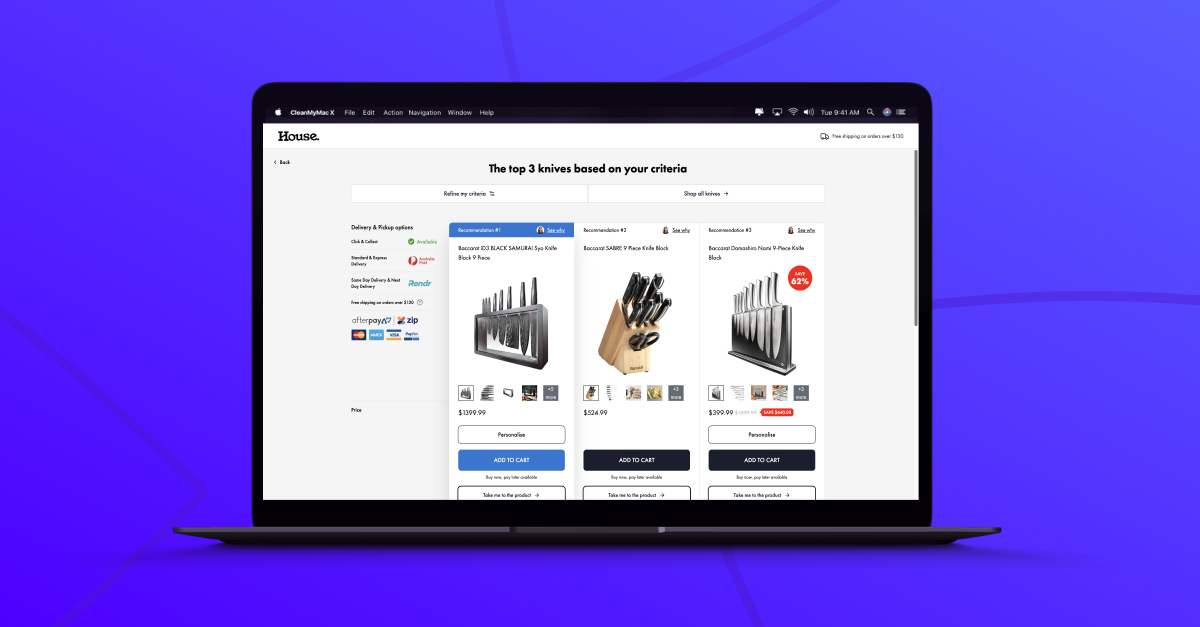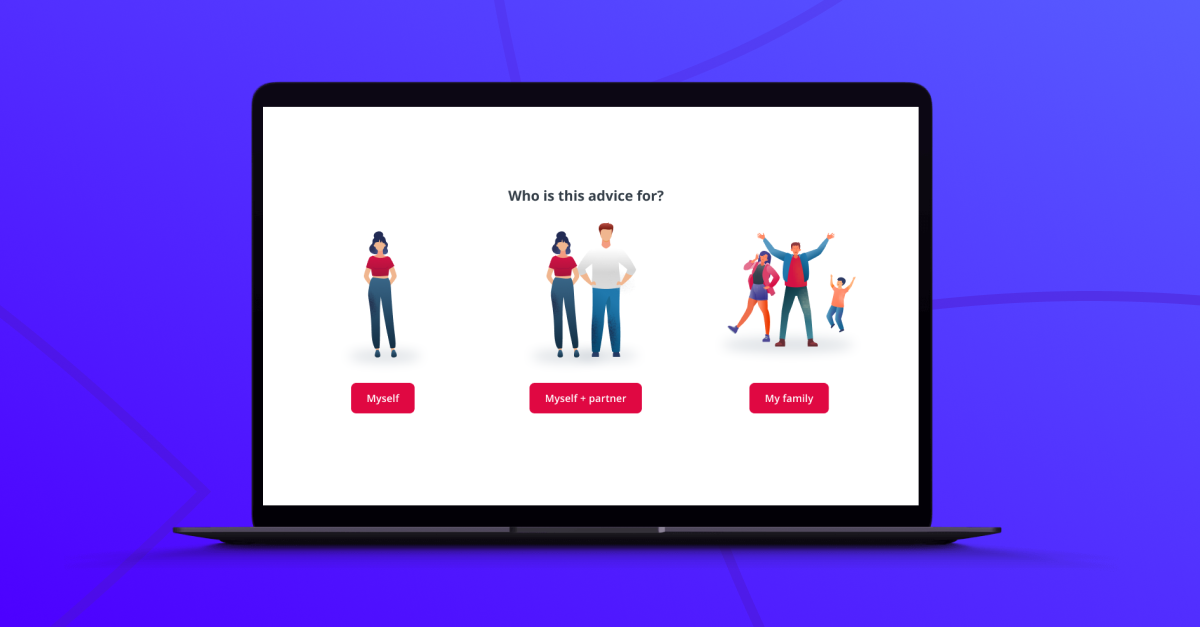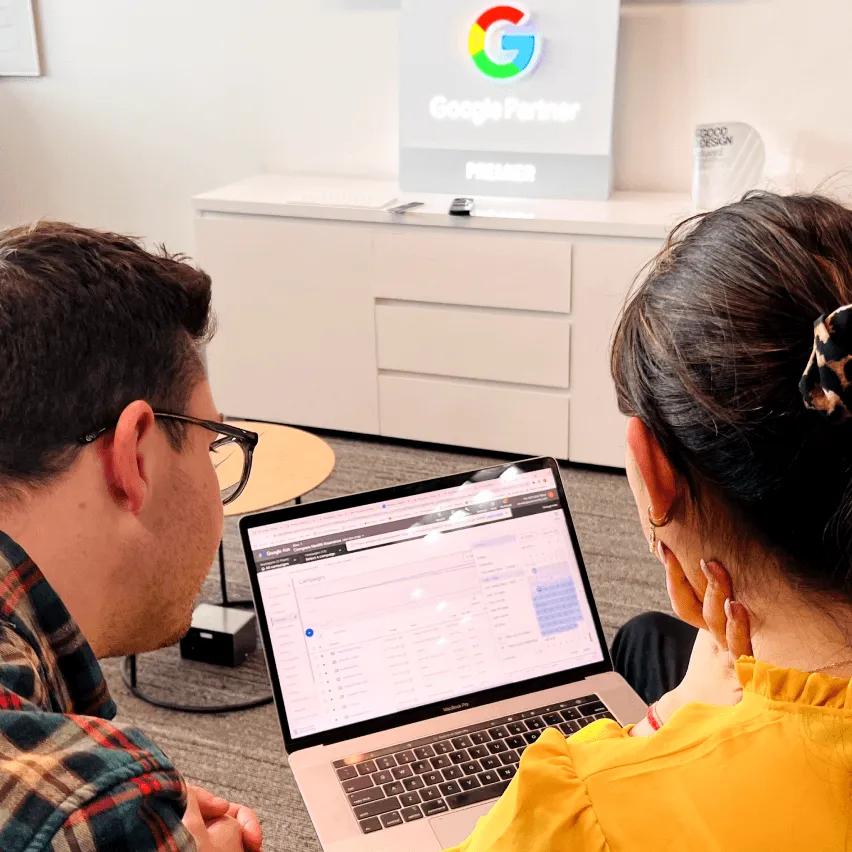User Segmentation
User Segmentation is the practice of dividing your audience into distinct groups based on shared characteristics, behaviors, or needs. It allows you to tailor your marketing efforts and user experiences to specific segments, increasing relevance and effectiveness.
How User Segmentation works:
User Segmentation involves analyzing data about your audience to identify patterns and commonalities. This can include demographic information (age, location, gender), behavioral data (browsing history, purchase patterns), psychographic information (interests, values), and more. Advanced segmentation might also consider factors like customer lifetime value or stage in the buyer’s journey. Once segments are identified, you can create targeted strategies for each group.
Why you should use User Segmentation:
As a business owner or marketer, User Segmentation allows you to move beyond one-size-fits-all approaches and create more personalized, effective marketing strategies. It helps you understand your audience better, tailor your messaging and offerings, and allocate your resources more efficiently. Segmentation can lead to higher conversion rates, improved customer satisfaction, and increased customer loyalty.
How to get started with User Segmentation:
To implement User Segmentation, start by identifying what data you have available about your users. Define clear objectives for what you want to achieve with segmentation. Use analytics tools to uncover patterns in your data and create meaningful segments. Start with a few broad segments and refine them over time. Test different approaches for each segment to see what resonates best.
How User Segmentation complements Convincely’s approach:
At Convincely, we see User Segmentation as a starting point, not an end goal. While traditional approaches might create static segments and predefined experiences for each, our dynamic, full-page funnels use segmentation as a launchpad for truly individualized experiences.
Our system begins with broad segmentation but then continuously refines and personalizes the experience based on real-time user interactions. For instance, we might start with a segment of “first-time visitors interested in product X,” but as the user progresses through our funnel, we gather more specific information to tailor the experience even further.
Unlike traditional segmentation that might lead to a handful of different user journeys, our approach allows for nearly infinite variations. We’re not just serving different content to different segments; we’re creating unique, adaptive experiences for each individual user.
Moreover, our approach to segmentation isn’t just about showing different content to different groups. We use it to ask better questions, provide more relevant information, and guide users to the most appropriate solutions. For example, if our initial segmentation suggests a user is price-sensitive, we might prioritize questions about budget and highlight value propositions early in the funnel.
What sets our approach apart is that we don’t just use segmentation to categorize users; we use it to understand and address their specific needs and pain points. Our funnels are designed to dig deeper than traditional segmentation, uncovering nuanced preferences and concerns that might not be apparent from broad categorizations.
You can explore real-world examples of how businesses are using advanced segmentation and personalization in their funnels on our listings page. This resource showcases various approaches to creating tailored user experiences based on sophisticated segmentation strategies.
Remember, while User Segmentation is a powerful tool for improving marketing effectiveness, it’s most impactful when combined with real-time personalization and a deep commitment to understanding individual user needs. At Convincely, we don’t just segment users into static groups; we create dynamic, responsive experiences that continuously adapt to each user’s unique preferences and behaviors. Our goal is to use segmentation not just as a way to categorize users, but as a starting point for meaningful, personalized interactions that drive engagement, conversions, and long-term customer relationships.




